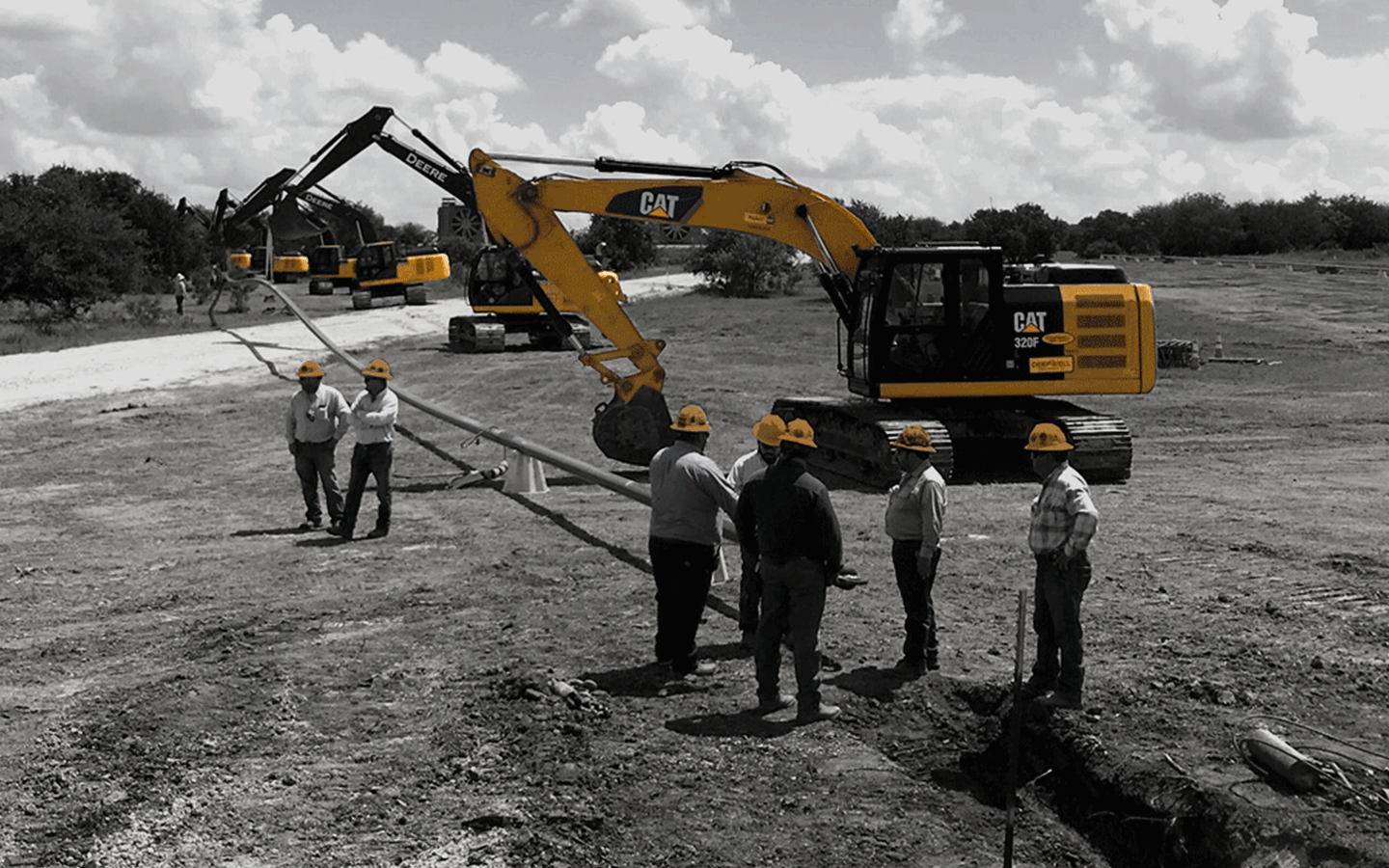Everything About Oil Field Equipment and Pipeline Equipment: Trick Insights and Important Info
Oil field equipment and pipeline systems play a crucial role in the oil and gas industry. They are essential for the reliable extraction and transport of hydrocarbons. Secret components, such as piercing rigs and tank, straight impact functional success. Innovations in innovation assurance to improve safety and security and effectiveness. Understanding these aspects is essential for anyone included in or interested in this complex sector, as it sets the phase for deeper expedition of sector practices.

Overview of Oil Field Equipment
As the demand for oil proceeds to expand, recognizing the tools utilized in oil areas becomes significantly important. Oil field equipment encompasses a variety of machinery and devices essential for expedition, extraction, and handling. Key elements include piercing rigs, which are crucial for getting to oil storage tanks, and manufacturing devices, such as separators and pumps, that promote the removal process. Superior Oilfield Rentals Texas. Additionally, storage containers play a substantial function in holding petroleum prior to transportation. Security devices, consisting of blowout preventers and pressure assesses, assures functional safety and security and effectiveness. Each tool functions cohesively to enhance manufacturing and maintain reliable process. Experience with this tools is essential for professionals in the industry to assure effective operations and adherence to safety and security criteria
Sorts Of Drilling Rigs and Their Applications
Drilling rigs serve as the foundation of oil extraction operations, with various types created for specific geological conditions and operational demands. The most common types consist of rotary boring rigs, which make use of a turning drill little bit to pass through the planet, and cable television device rigs, understood for their percussion exploration approach. For offshore procedures, jack-up rigs and semi-submersible rigs provide stability and support in marine environments. Additionally, directional drilling rigs make it possible for drivers to drill at angles, reaching deposits that are not up and down easily accessible. Each gear type has special benefits, maximizing effectiveness and safety and security based upon the drilling atmosphere. Choosing the suitable rig is crucial for making best use of source extraction while lessening ecological effect and operational prices.

Important Pipeline Equipment and Their Functions
Pipeline framework is necessary for the transport of oil and gas from extraction sites to refining facilities and end-users. Various crucial equipment parts facilitate this procedure. Pipes themselves work as the key channels, designed to endure high stress and destructive substances. Pump stations are important for maintaining circulation by increasing pressure along the pipeline. Shutoffs play an essential duty in managing flow and separating sections for upkeep. Additionally, installations and adapters assure protected joints in between pipe areas. Keeping an eye on systems, including circulation meters and stress sensors, are vital for discovering leakages and maximizing flow rates. Pigging equipment is utilized for upkeep and cleansing, safeguarding pipeline honesty and efficiency. With each other, these components form the foundation of a trustworthy pipeline system.
Innovations and Technologies in Oil and Gas Equipment

Safety And Security and Maintenance Practices in the Oil Industry
While the oil market has made substantial strides in innovation and performance, the importance of robust security and maintenance techniques can not be overstated. Efficient security protocols are important to safeguard workers and the environment, decreasing the danger of mishaps and spills. Routine evaluations and maintenance of equipment aid determine possible problems before they intensify, ensuring operational integrity. Educating programs for staff members are crucial, stressing the importance of security recognition and emergency action procedures. Furthermore, adherence to market laws and requirements cultivates a society of safety and security. Executing innovative tracking technologies can even more boost upkeep methods, enabling for real-time assessments of equipment problems. Ultimately, focusing on security and maintenance is indispensable to the sustainability and success of the oil industry.
Frequently Asked Inquiries
What Are the Ecological Impacts of Oil Field Equipment?
The environmental effects of oil field equipment include environment destruction, water contamination, and air pollution (Superior rentals squeeze tools). Furthermore, equipment breakdown can result in spills, negatively impacting wild animals and ecological communities, highlighting the need for rigorous laws and surveillance
How Is Oil Field Equipment Transported to Remote Locations?
Delivering oil field equipment to remote locations frequently entails customized automobiles, helicopters, or barges. Logistics firms coordinate routes, making certain tools gets here safely and efficiently, considering terrain and availability to lessen hold-ups and make best use of productivity.
What Governing Requirements Govern Oil Field Equipment?
Governing standards regulating oil field equipment primarily include security, ecological defense, and functional efficiency guidelines. Agencies such as OSHA and EPA apply these regulations to guarantee safe techniques and reduce ecological impact in oil extraction operations.
What Skills Are Needed to Run Oil Field Machinery?

Exactly How Do Oil Costs Affect Equipment Need and Use?
Oil costs significantly affect tools demand and use. Greater costs commonly result in boosted expedition and manufacturing tasks, driving demand for equipment. Conversely, reduced rates might lead to lowered procedures and reduced requirement for devices.